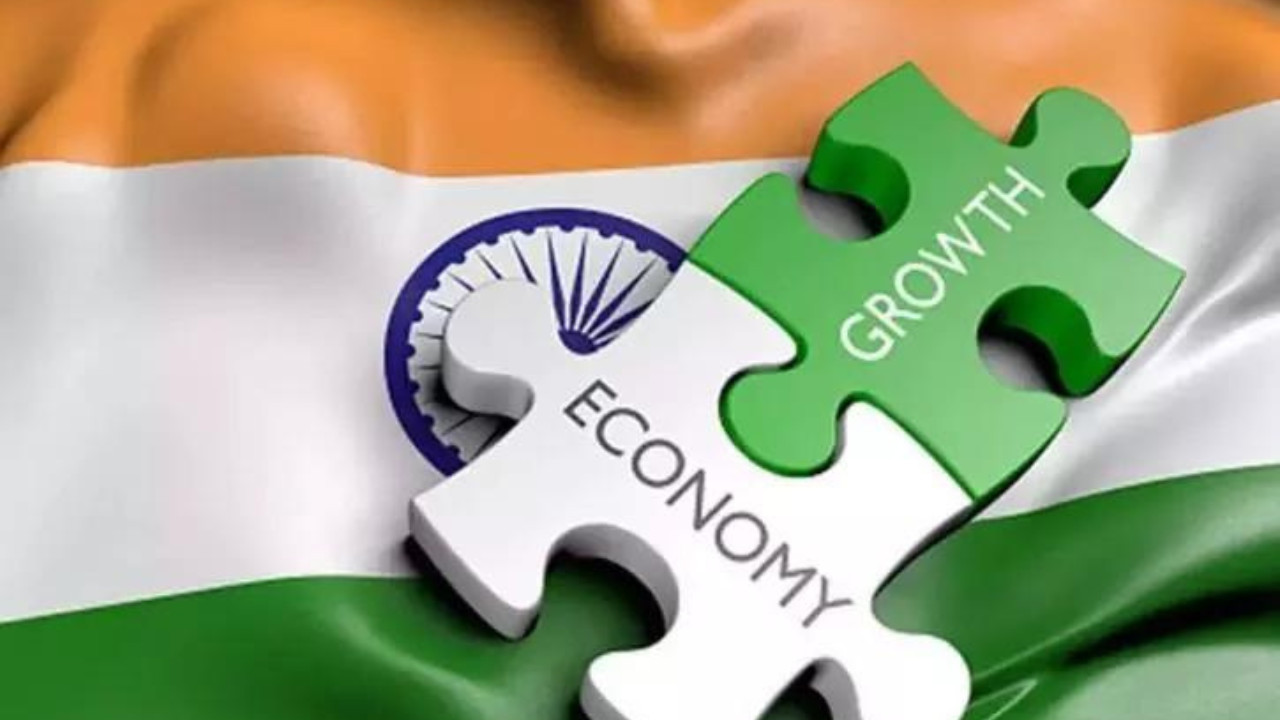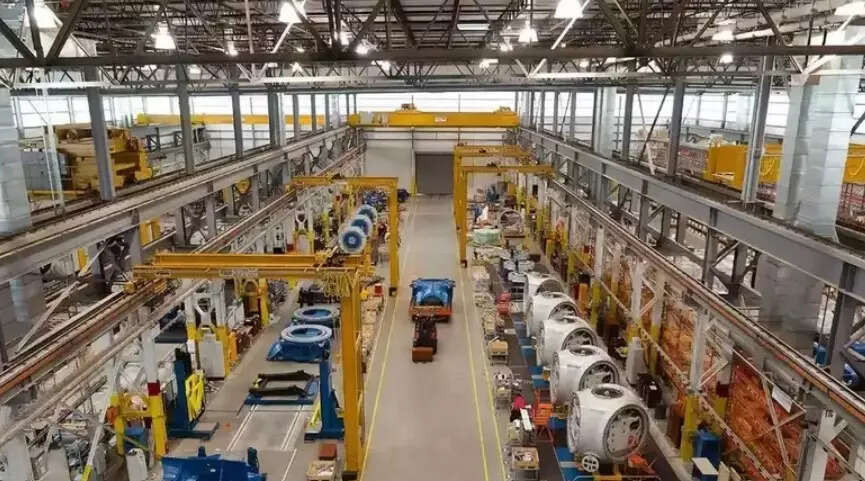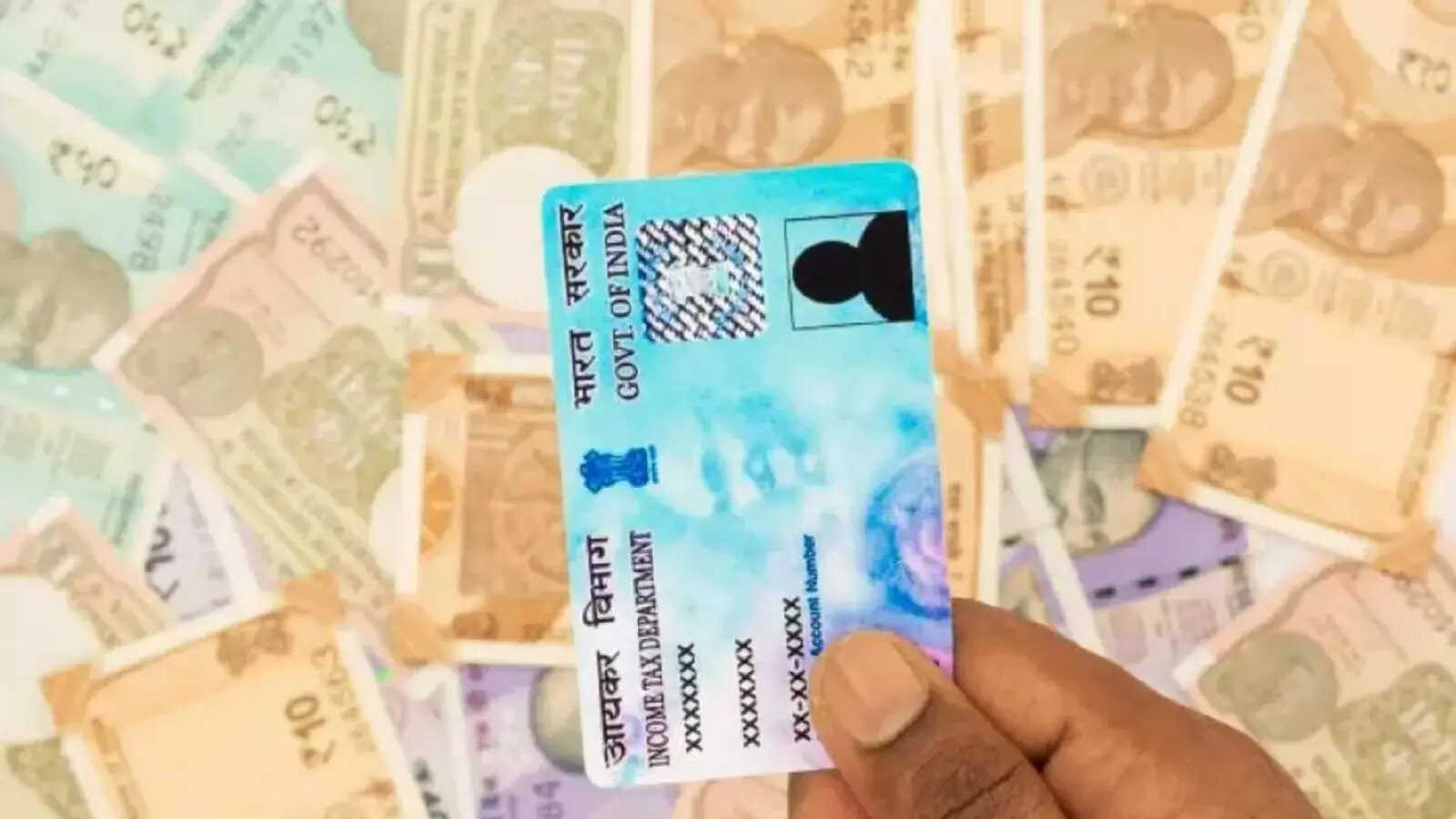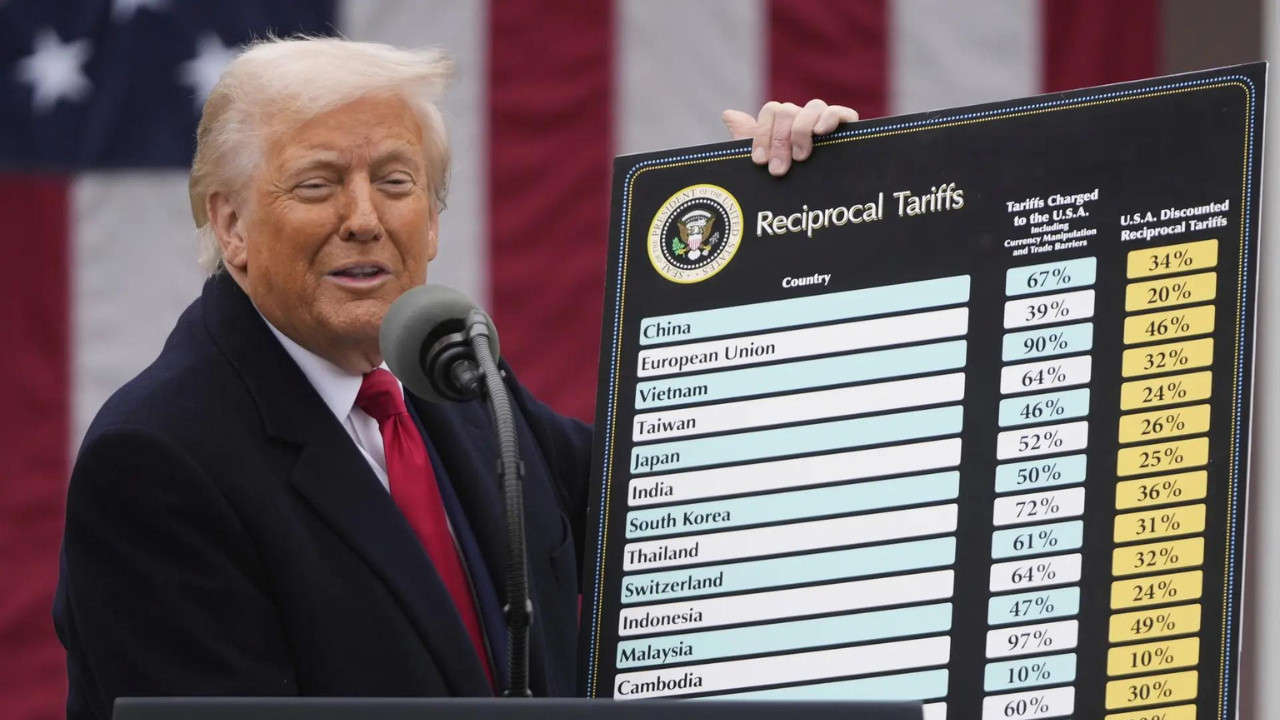The OECD projects India’s economy to expand by 6.3% in 2025-26 and 6.4% in 2026-27, remaining the fastest-growing G20 economy despite global uncertainties. While private consumption and investment are expected to remain strong, export growth may moderate due to weaker global demand and trade policy uncertainty.
India’s Economic Engine: Humming Along Nicely, But Can We Keep the Momentum?
Okay, folks, let’s talk about India. And not just talk about it, but really dig into what’s happening with the economic powerhouse that’s increasingly capturing global attention. The OECD – you know, that club of mostly rich countries that likes to analyze things – just dropped their latest forecast for India, and it paints a picture that’s both encouraging and a little bit… well, let’s just say it leaves some room for pondering.
The headline? The OECD projects India’s economy to grow by 6.3% in fiscal year 2026, followed by 6.4% the next fiscal year. Now, let’s be honest, in a world where growth is often described as ‘sluggish’ or even downright ‘recessionary,’ those numbers sound pretty darn good. We’re talking about a steady, confident climb, not a precarious wobble.
But before we start popping the champagne and declaring India the undisputed king of economic growth, let’s pause and consider what’s fueling this engine and what might throw a wrench in the works.
The OECD report highlighted a couple of key drivers. First off, India’s strong domestic demand is proving to be a formidable force. Think about it: a booming middle class, increasing urbanization, and a youthful population hungry for goods and services – that’s a powerful combination. People are buying things, businesses are investing, and the whole cycle feeds on itself. It’s like a well-oiled machine, churning out growth.
Then there’s the government’s infrastructure push. We’re talking about massive investments in roads, railways, ports, and all the other essential arteries that keep an economy flowing. This not only creates jobs in the short term but also improves efficiency and connectivity, making it easier for businesses to operate and for goods to reach consumers. Think of it as building the highways of the future, paving the way for sustainable growth.
However, it’s not all sunshine and rainbows. As with any complex system, there are potential headwinds that could slow things down. The OECD, in its typically cautious way, pointed to several risks. Global economic uncertainty, for starters, remains a significant concern. A slowdown in major economies like the US or Europe could dampen demand for Indian exports, impacting growth. We’re all interconnected in this globalized world, so what happens in one corner of the planet inevitably ripples outwards.
Inflation is another persistent worry. While the Reserve Bank of India (RBI) has been working hard to keep price increases under control, inflationary pressures remain a constant threat. Rising energy prices, supply chain disruptions, and even unpredictable weather patterns can all contribute to inflation, eroding consumer spending power and potentially forcing the RBI to tighten monetary policy, which in turn could cool down economic activity. It’s a delicate balancing act.
And let’s not forget about the importance of structural reforms. While India has made significant progress in recent years, there’s still work to be done to improve the business environment, streamline regulations, and promote innovation. Think about things like making it easier to start and run a business, attracting foreign investment, and fostering a more competitive marketplace. These are the behind-the-scenes changes that can unlock even greater potential.
So, what’s the takeaway here? India’s economic outlook is undoubtedly bright, with solid growth prospects driven by strong domestic demand and government investment. However, maintaining this momentum will require careful navigation of global uncertainties, vigilant monitoring of inflation, and a continued commitment to structural reforms.
The 6.3% and 6.4% growth projections are certainly encouraging, but they’re not guaranteed. It’s up to policymakers, businesses, and even individual citizens to play their part in ensuring that India’s economic engine continues to hum along nicely, delivering prosperity and opportunity for all. The journey is ongoing, and the success depends on our collective efforts. The stage is set, the players are ready, and the world is watching. Now, let’s see what India can deliver.
📬 Stay informed — follow us for more insightful updates!







